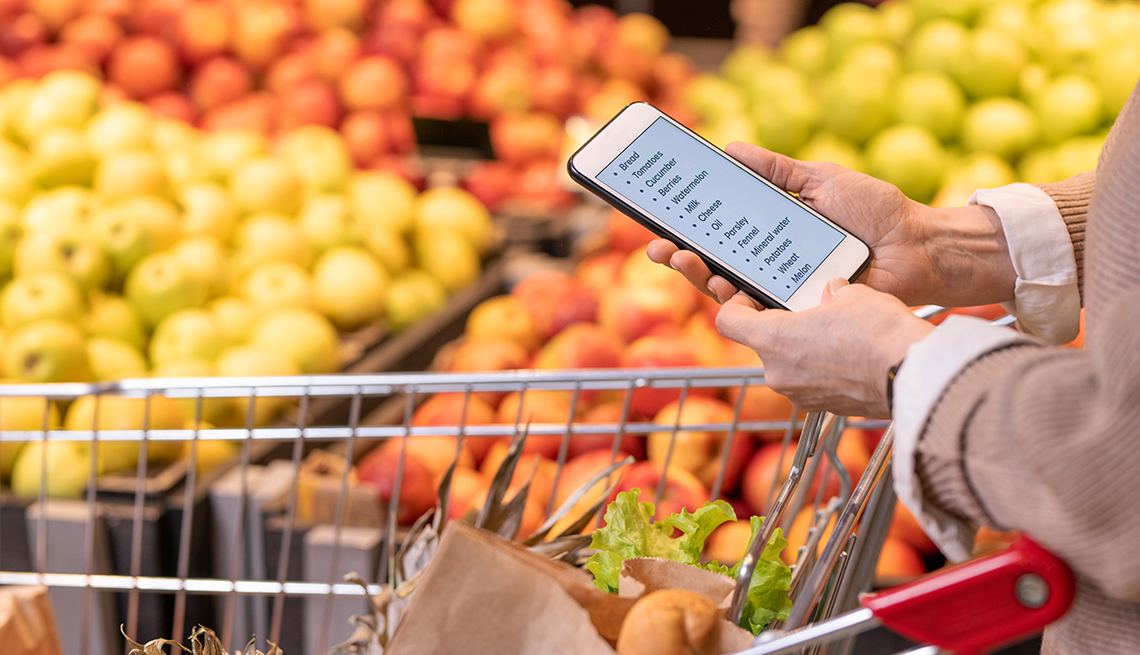Staying Fit
Food prices remain stubbornly high, making it difficult for countless Americans to put food on the table, let alone eat healthy. As a result, many turn to processed foods, which tend to be cheaper and easier to prepare. But a diet full of sugar and fat can cost you more over the long run. Nutrient-poor diets are a major contributor to chronic conditions including diabetes, heart disease and certain types of cancer.
They’re also addictive, particularly among older adults, according to a new poll by the University of Michigan’s Institute for Healthcare Policy and Innovation.


AARP Membership— $12 for your first year when you sign up for Automatic Renewal
Get instant access to members-only products and hundreds of discounts, a free second membership, and a subscription to AARP the Magazine.
“The word addiction may seem strong when it comes to food, but research has shown that our brains respond as strongly to highly processed foods, especially those highest in sugar, simple starches, and fat, as they do to tobacco, alcohol and other addictive substances,” said University of Michigan psychologist Ashley Gearhardt in a press release highlighting the study results. “Just as with smoking or drinking, we need to identify and reach out to those who have entered unhealthy patterns of use and support them in developing a healthier relationship with food.”
Eating healthy isn’t addictive (at least not in a bad way), nor does it have to break the bank. There are ways to consume nutritious foods on the cheap, including the following six:
1. Plan
If you’re on a tight budget, getting your daily dose of affordable healthy food isn’t something you can do on the fly. It requires forethought and planning. “The thing about saving money is it’s a holistic approach. Gone are the days when you can go to the grocery stores, grab a newspaper full of coupons and save money,” says Krystal Sharp, a money expert and operator of the Krys the Maximizer website. “Saving money on the things you want takes time to do.”
Sharp is a big advocate for planning your meals two weeks or more in advance. To save money, select healthy recipes that have common ingredients. Let’s say chicken is your protein of choice; you can buy enough for 10 different chicken meals. Chicken fajitas could be on the menu one night, grilled cutlets and a salad the next. You can also save money by choosing healthy recipes that freeze well or can be consumed for several days. Soups and casseroles are two budget-smart examples.







































































